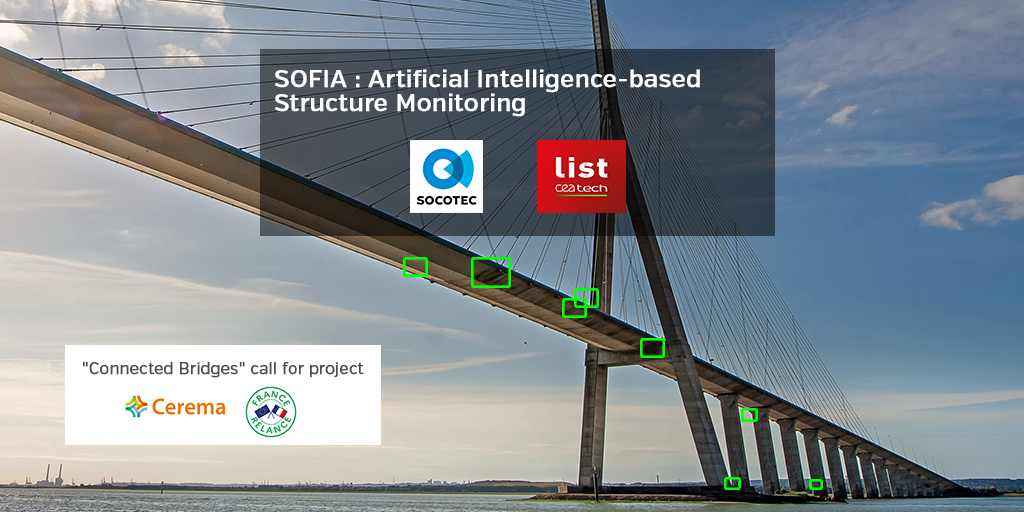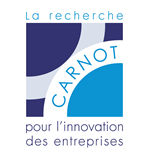Bringing artificial intelligence in machine vision to optimise bridge maintenance


Visual inspection is the most common technique used for the maintenance of civil engineering structures like bridges. While it does offer the advantage of being non-destructive, visual inspection also depends on inspectors who interpret photographs and write up inspection reports—which then become the main source of information used by the operators of these structures to optimise their maintenance plans. SOCOTEC leads the project called SOFIA in partnership with Carnot CEA LIST Insitute to develop a groundbreaking inspection tool that will bring the power of artificial intelligence to machine vision. Together in a consortium with CEA LIST, SOFIA won a French call launched by CEREMA on “connected bridges”.
Bridges are critical components of road networks that play a strategic role in our economy and society1. France has around 200,000 bridges2. According to a 2019 report by the French Senate’s Infrastructure Development and Sustainability Committee, the nation’s bridges are getting old3. To keep people safe and roads open, the maintenance of these aging bridges must be optimised.
In December 2020, the French government issued a call for projects to develop solutions for connected bridges1. Managed by CEREMA, a government agency that advises on infrastructure development and sustainability issues, the call for projects is financed by France’s economic recovery plan. The objective is to come up with new tools and methods for safer, more effective, and cheaper bridge maintenance.
The SOFIA project, led by SOCOTEC, an independent trusted third party that provides testing, inspection, and certification services to the construction and civil engineering industries, was selected by CEREMA. The project will integrate SOCOTEC’s inspection tools with artificial intelligence. Thanks to its strong expertise in machine learning and artificial intelligence for vision, CEA LIST was the natural partner for SOCOTEC.
The main innovation in this project lies in the algorithms. No additional instrumentation will be needed, and SOCOTEC can continue to use its common inspection techniques. A powerful vision system based on advanced detection and recognition algorithms will automatically detect and characterize defects photographed by inspectors on site. More than 100,000 images from SOCOTEC's database will be used to train the system. The technology developed will guide inspectors as they enter data into their inspection reports and calculate a rating for the condition of the structure being inspected.

